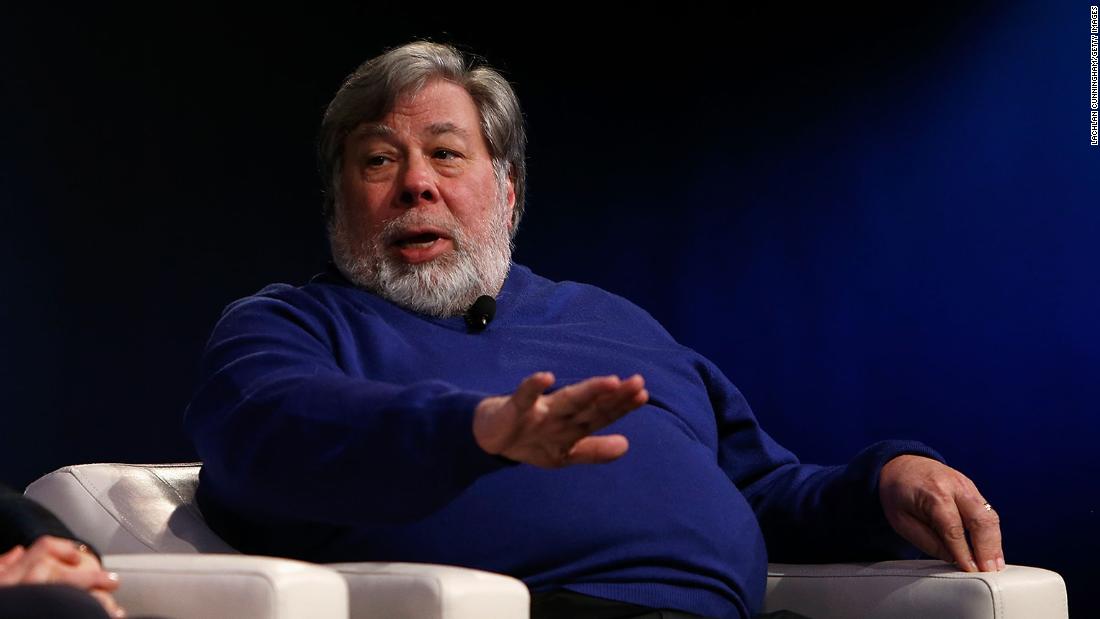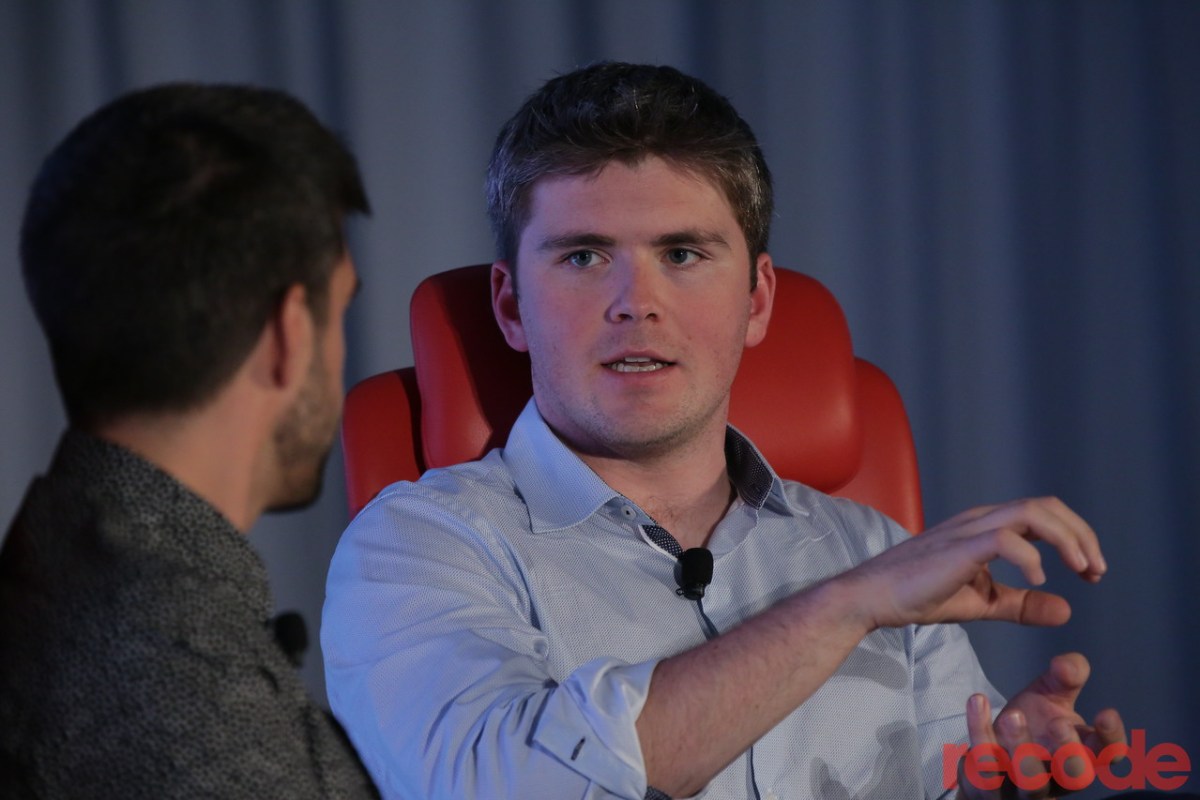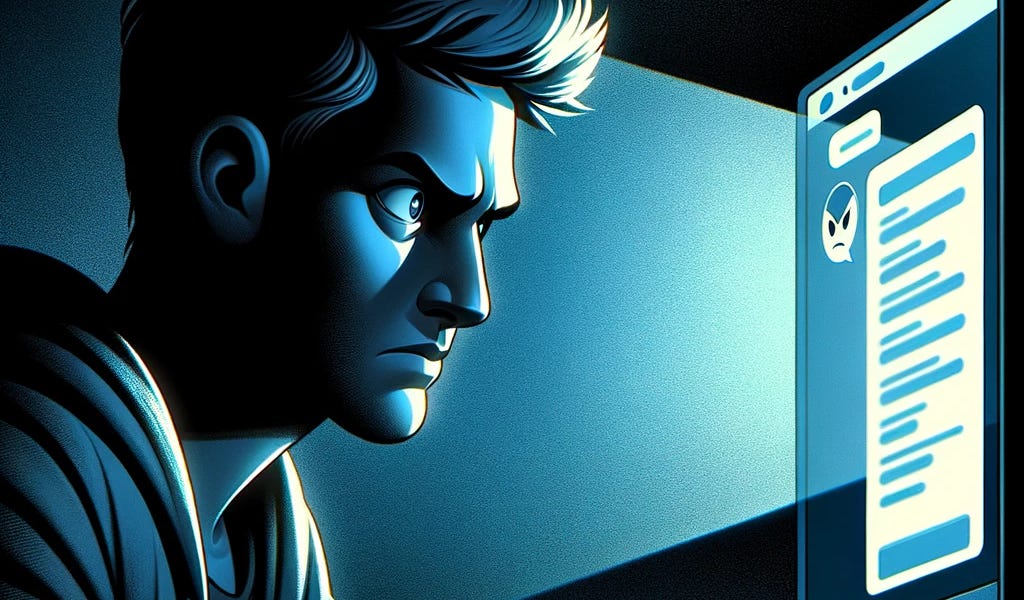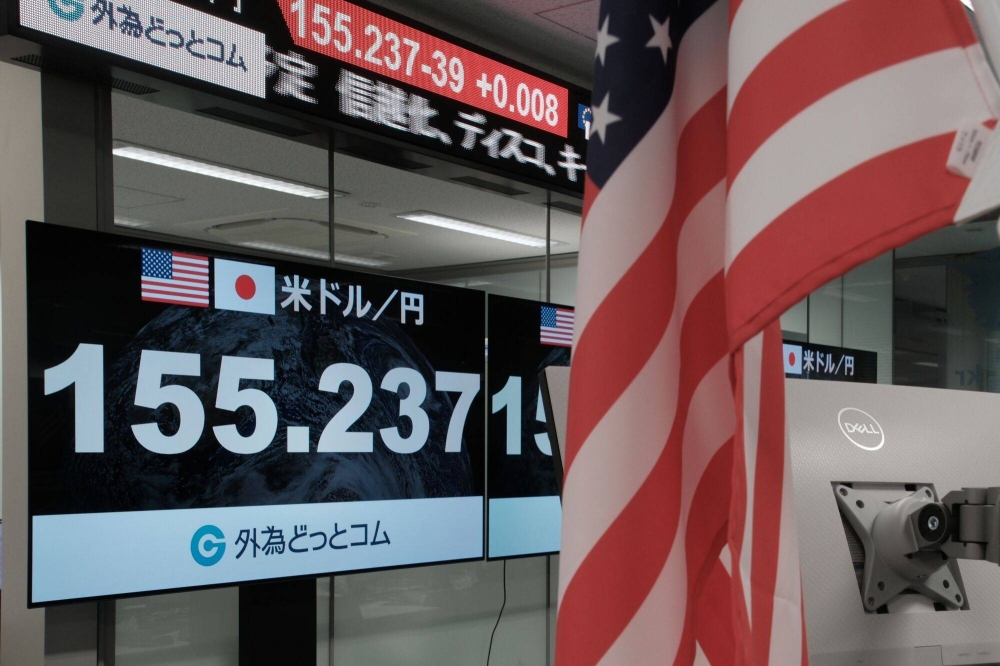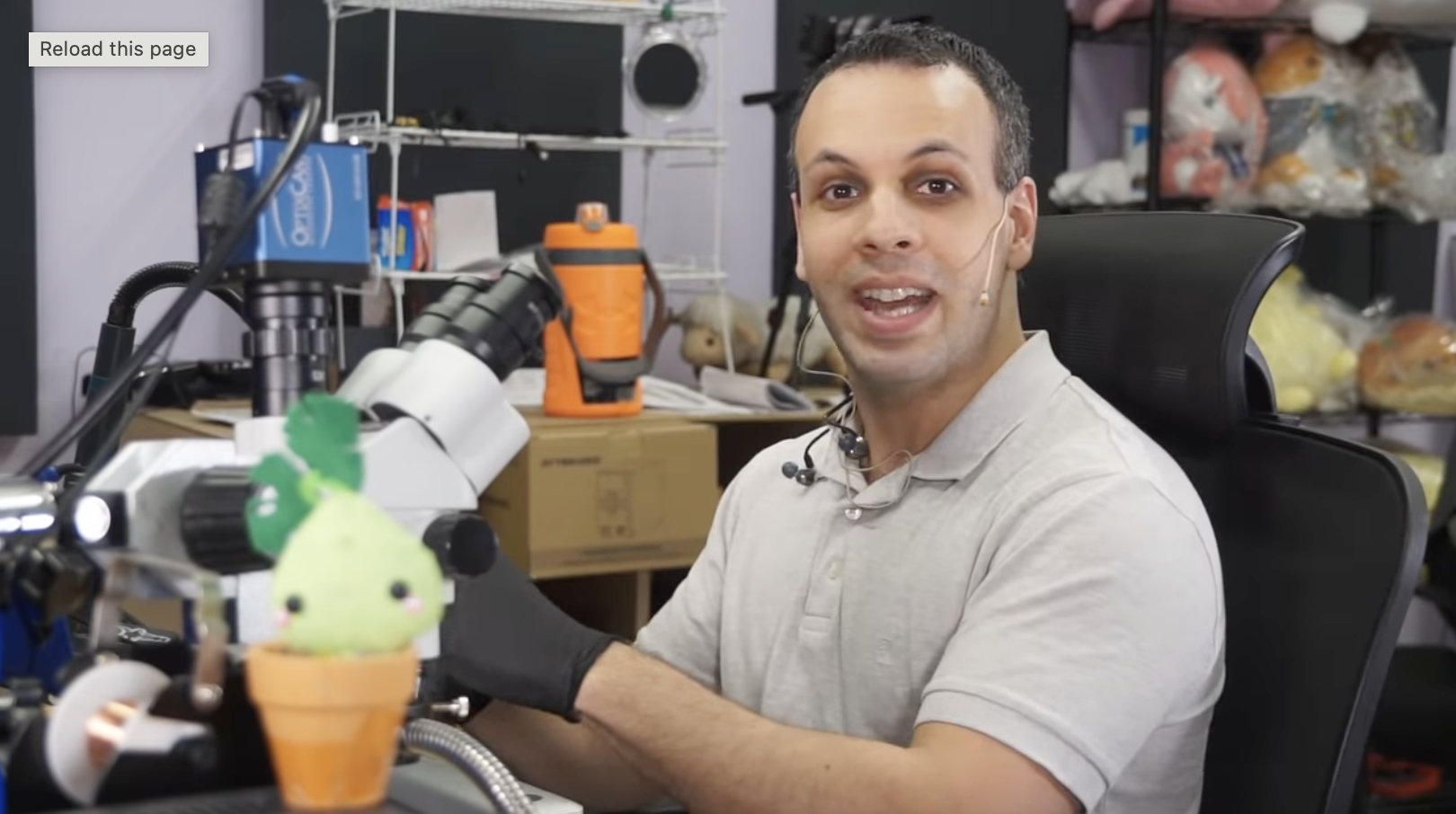
One Man’s Fight for the Right to Repair Broken MacBooks
Louis Rossmann didn’t want to keep paying a couple hundred dollars an hour to a therapist who kept asking him questions about computers. So, in 2012, the repair technician started talking on YouTube instead. It was part life struggles, part repair techniques and part glimpses of what would become Rossmann’s right to repair advocacy.
“It wasn’t supposed to be for people to watch,” said Rossmann. But now, after amassing more than 1.5 million subscribers (a number that baffles Rossmann himself) on YouTube, he’s no longer a “random person ranting at a camera for therapy,” as he saw himself at the start. He has become a major player in what’s known as the right to repair movement.
The right to repair is the concept that when something breaks — a phone, a car, a computer — an owner should be able to get it fixed without needing to go to the manufacturer or the seller. Right to repair advocates say companies like Apple have a financial incentive to make monopolies out of repair, directing customers back to them when devices have problems. That way, they argue, companies can overcharge for repairs or cast off a device as irreparable to persuade a customer to buy a new one.
For third-party iPhone and MacBook repair shops not officially authorized by Apple, getting parts can be difficult. Apple contractually forces recycling partners to shred old devices, according to a 2017 Motherboard investigation, preventing the parts from being reused.
